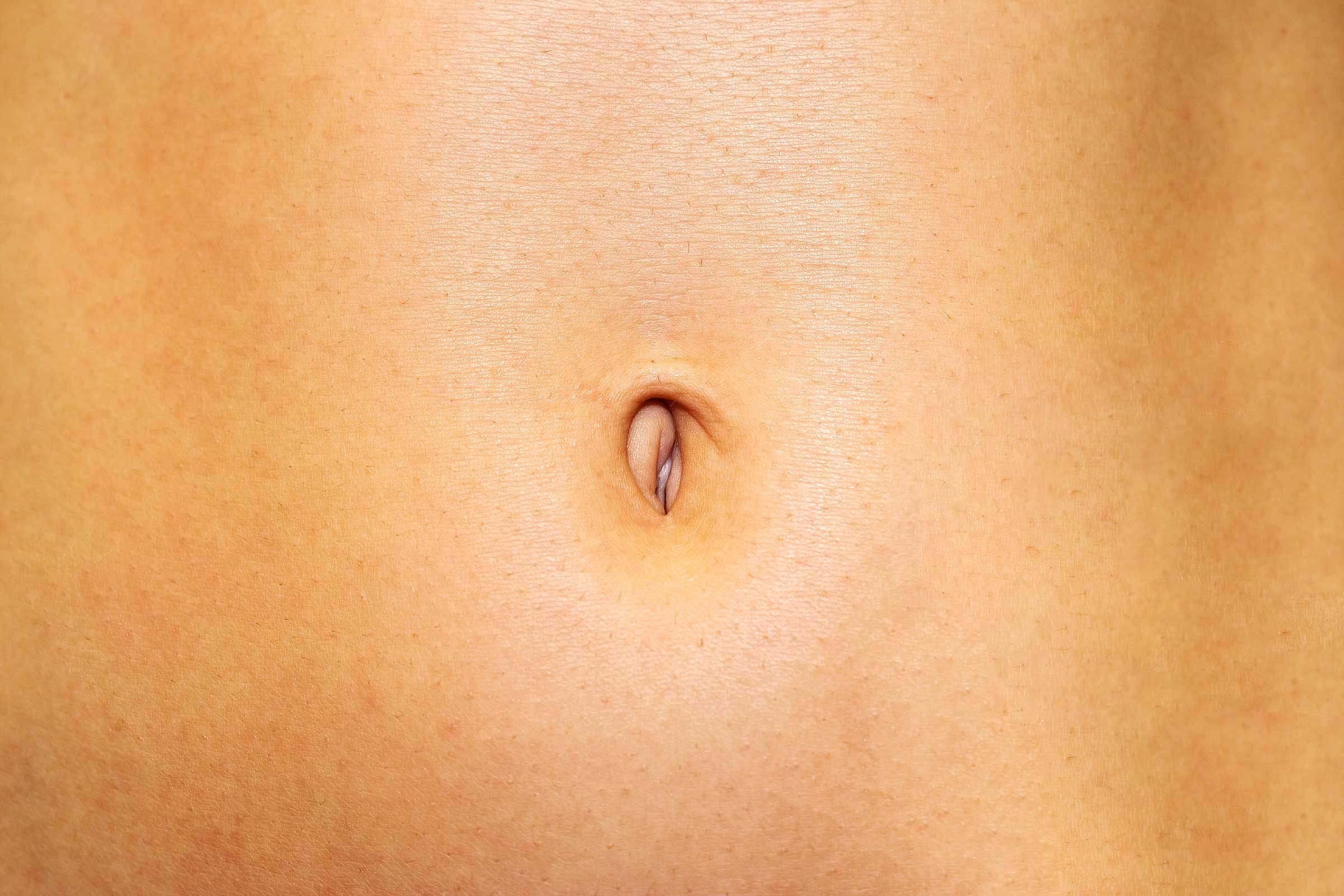
Belly button lint
The fluff in your belly button was traditionally believed to come from clothing fabric (new garments can shed up to one thousandth of their weight to the navel in a year). In 2009, however, Vienna University of Technology researchers performed a chemical analysis on 503 pieces of belly button lint. (Yes, they really did study this!). They discovered the stuff also consists of dead skin, dust, sweat, and even fat. A type of scaly hair spirals around the belly button, directing debris inward. This means if you shave your belly button, you may have less fluff—until the hair grows back. An Australian study of 5,000 fluff samples found that the typical host of belly button lint is “a slightly overweight middle-aged male with a hairy abdomen,” and people with “innies” are more likely to have belly button lint than those with “outies.” This is how you can banish belly bloat while you sleep.
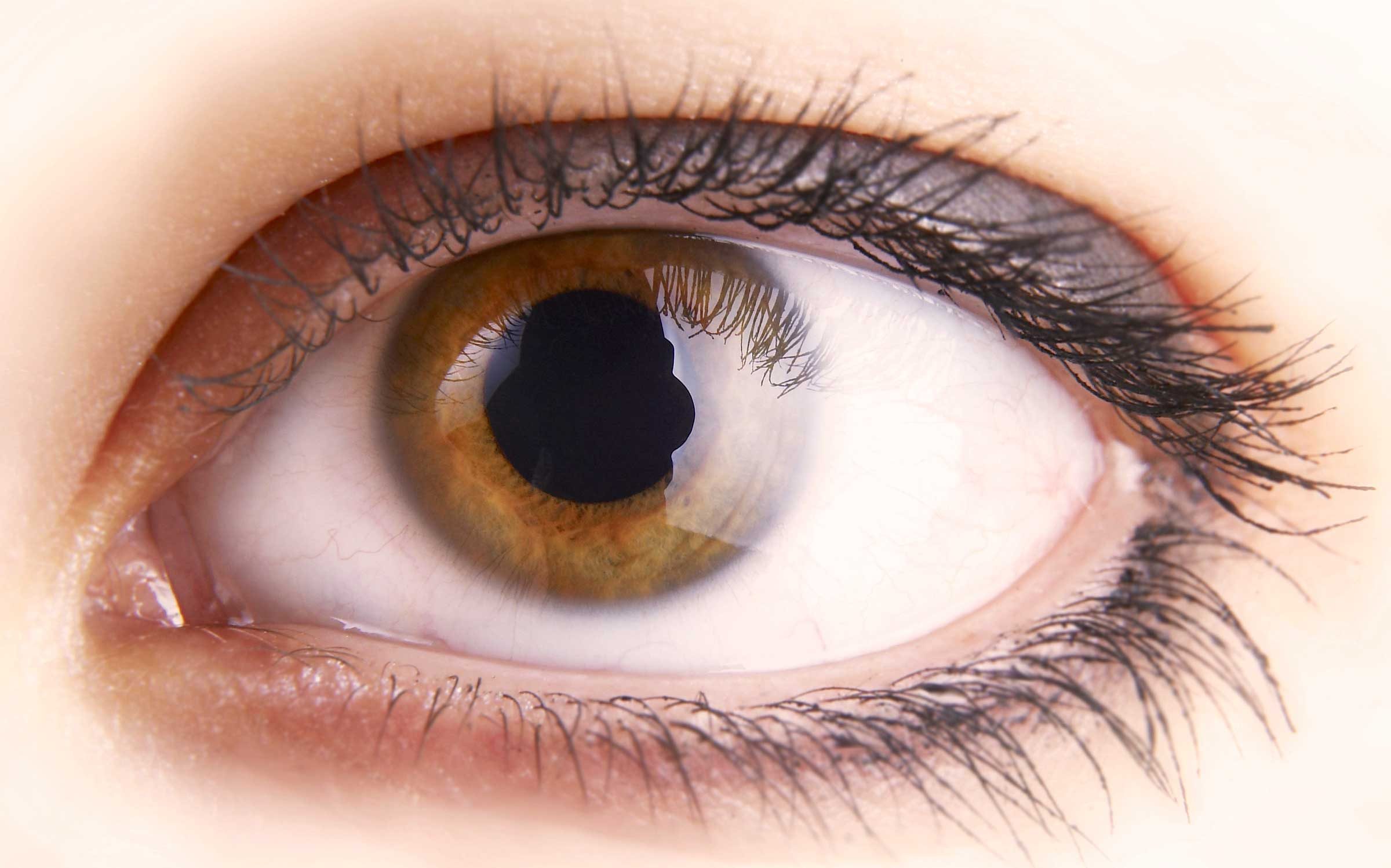
Eye boogers
When you sleep, mucus accumulates in the corner of your eyes, combining with oil, skin, cells, and other debris. It has a protective function: It removes potentially harmful materials and waste products from the tear film and front surface of your eyes. (During the day, blinking flushes out the discharge.) Sleep also relaxes the gland ducts, causing them to produce more discharge. The crustiness of the eye booger depends on how much liquid has evaporated. If the discharge is excessive, green, yellow, or accompanied by light sensitivity, pain, or blurry vision, it could signal a serious eye infection. In these cases, see an eye doctor right away. Read up on these secrets that eye doctors won’t tell you.
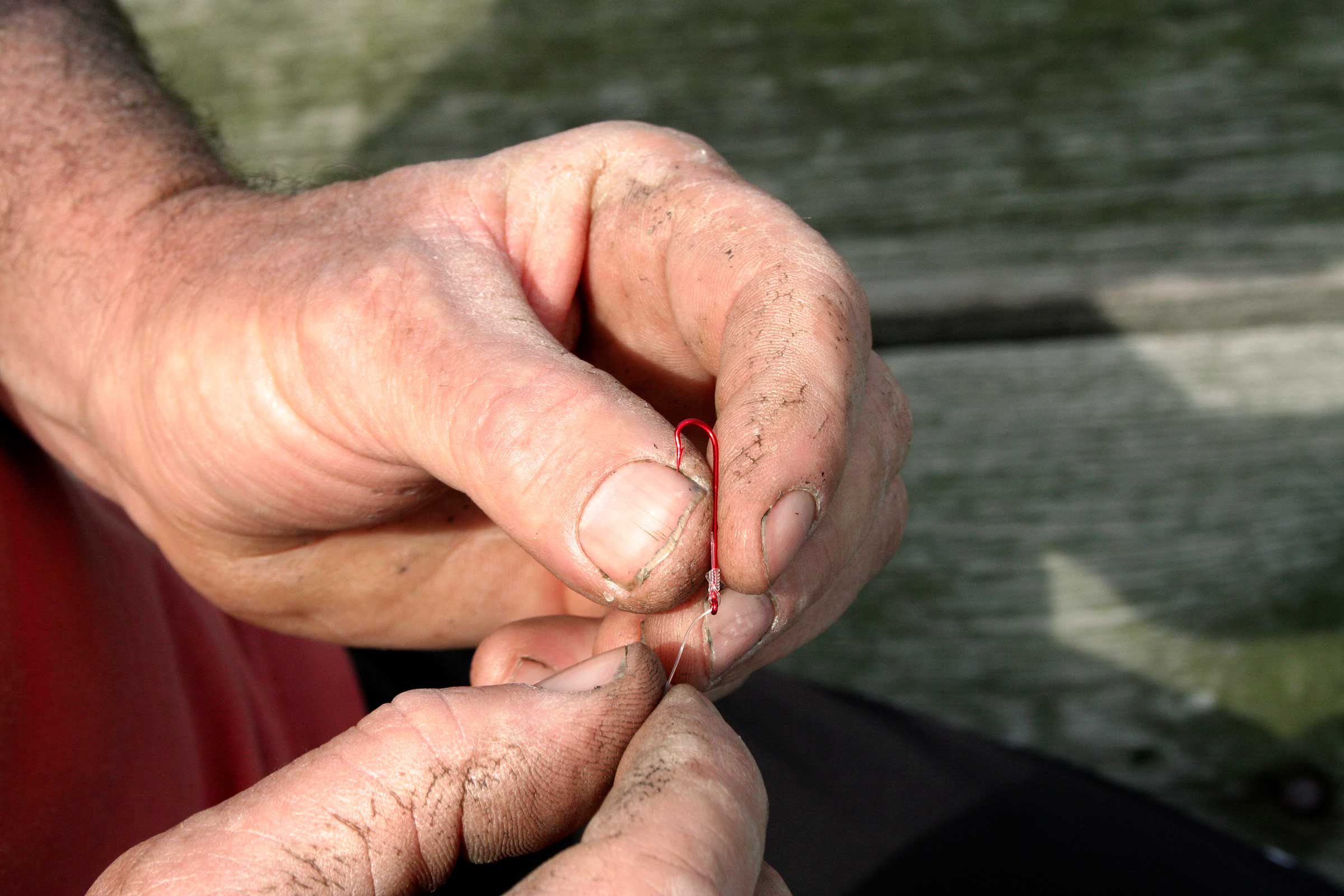
Filth under nails
Ever wonder how all that grime keeps accumulating? The filth beneath your fingernails is keratin (a fibrous protein) from the nail’s underside, combined with nail bed skin cells. Personal care products, lint, and dirt also contribute. When British researchers studied clippings from 45 men and 55 women’s nails, they found that harmful bacteria (like enterobacteriaceae, which can cause vomiting and diarrhea) was lodged in the fingernails of 24 percent of men and 15 percent of women. Likely culprits: poor toilet hygiene, handling raw meat, contact with animals, or changing diapers. Wash hands often, and avoid biting your fingernails or picking at your cuticles. Try these simple ways to make your nails stronger.
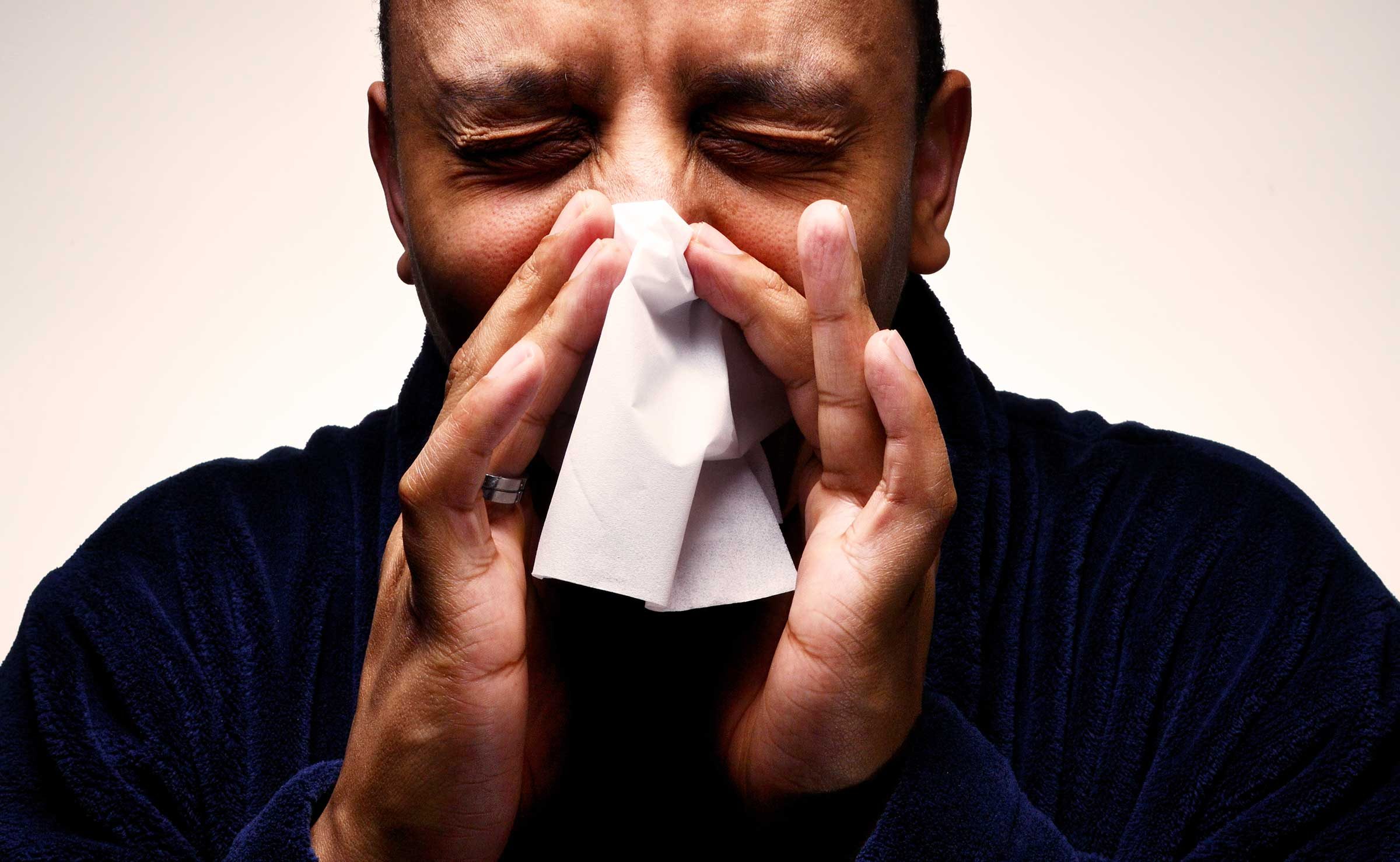
Mucus
This annoying slime actually protects you. Clusters of mucous cells, especially abundant in the digestive tract, mouth, and nose, produce mucus from water, surface cells, dead white blood cells, inorganic salts, and proteins to lubricate and protect passages throughout the body. Instead of traveling further into your body, unwelcome bacteria gets caught in the mucus stuffed in, say, your nose, which you then dispose of via tissue. Mucus also protects your stomach from highly acidic gastric juice (without mucus, this juice would digest the stomach itself). When your body detects so much bacteria that you overproduce mucus, you end up with a clogged up nose and ears, irritated throat, and sneezing. This is what the color of your mucus says about your health.
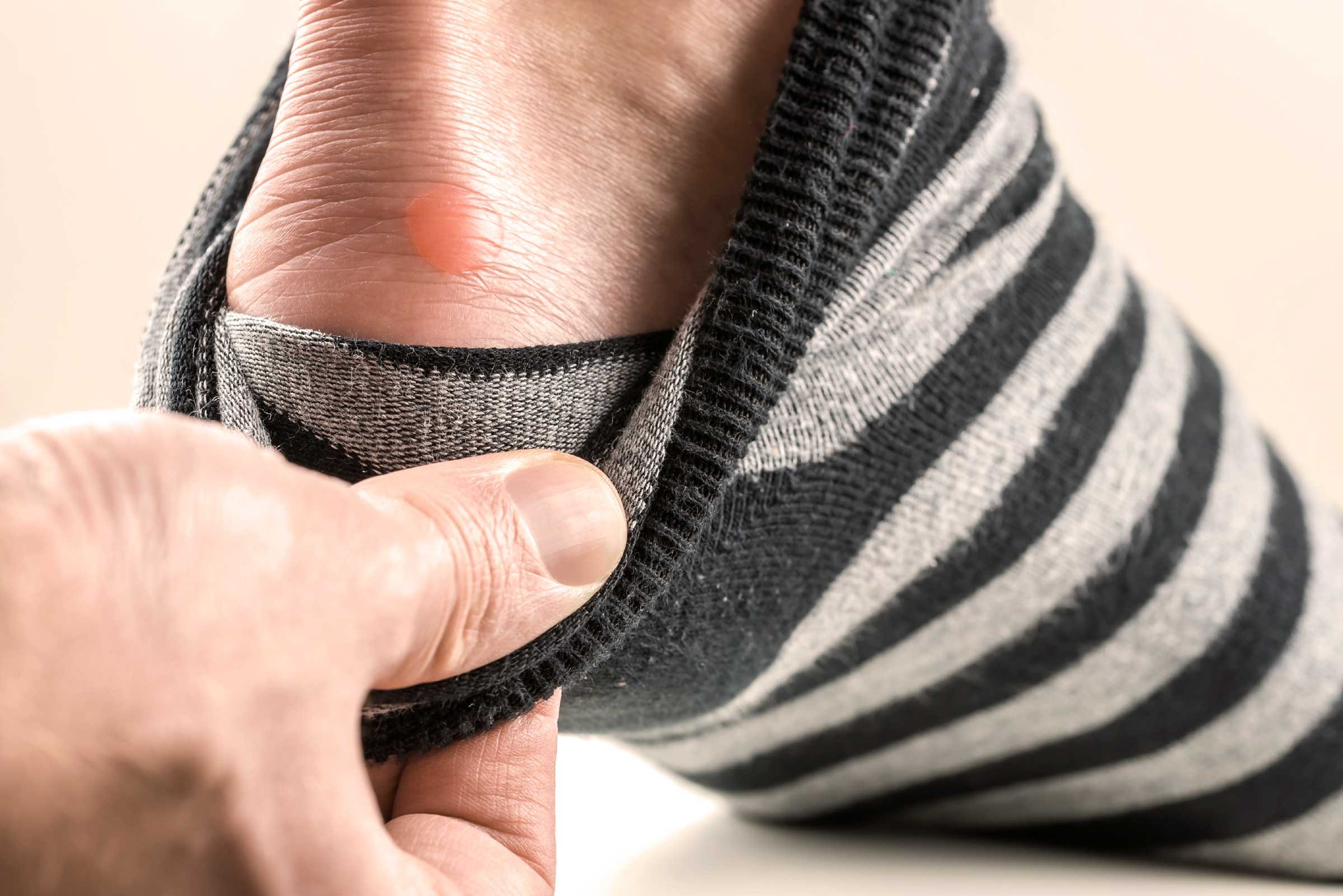
Blister water
The clear fluid that accumulates in a blister (like after you’ve been wearing the wrong shoes too long) is called serum. The clear liquid, which has been separated from red blood cells and clotting agents, protects the irritated tissue, allowing it time to heal. If a blister is red, black, or purple, it’s likely that excess pressure ruptured capillaries in a lower layer of skin, causing blood to enter the blister. Because the blister is protecting the damaged skin, it’s best not to pop it. However, if the blister is painful or large, use a sterilized needle (rinse in alcohol) and make a small hole to gently squeeze out the fluid. Leave the skin over the broken blister, and cover loosely with a sterile bandage or gauge. If the fluid is white or yellow, it could be infected and filled with pus; see a doctor for medical attention.
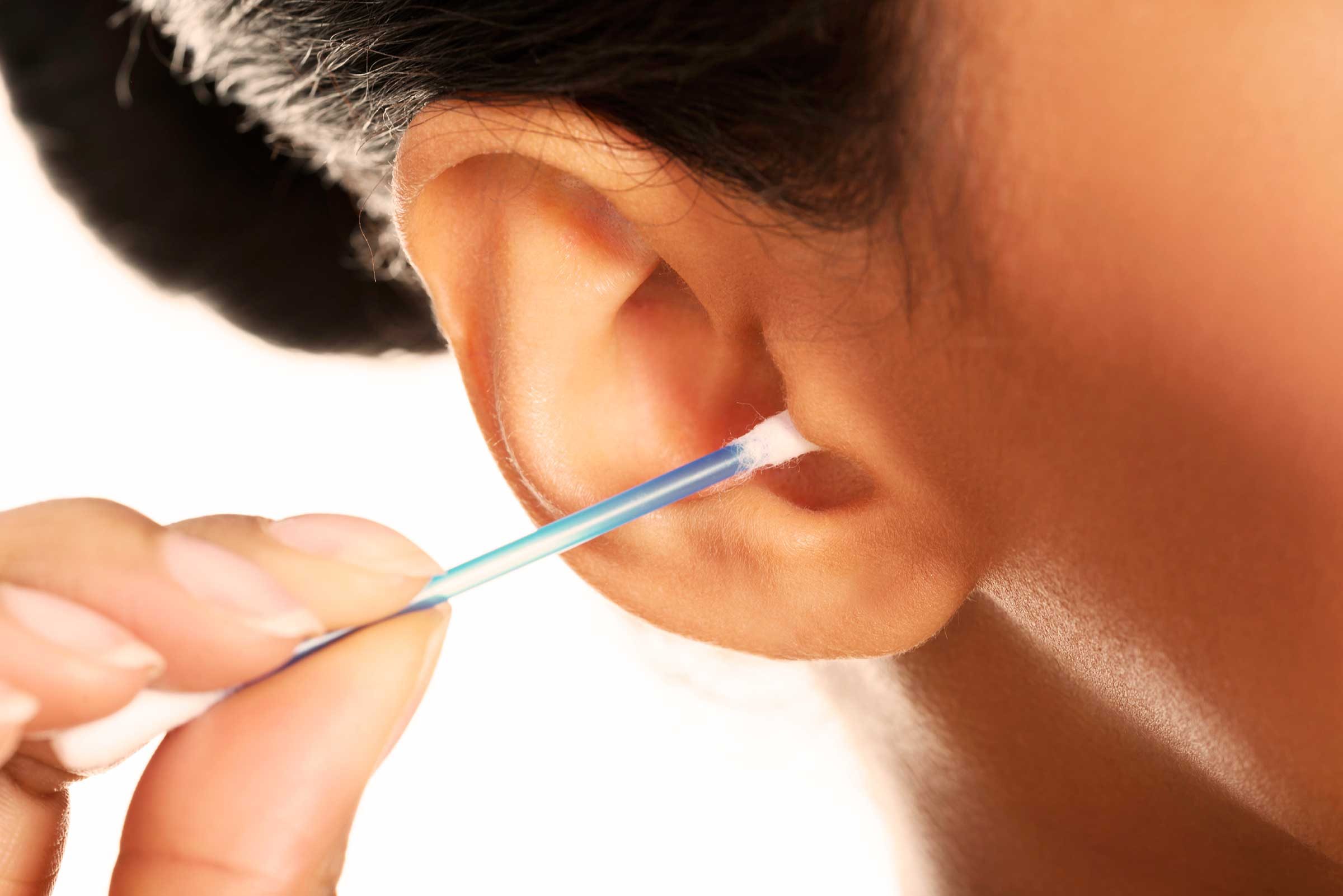
Earwax
Pssst: It’s actually not wax at all. Earwax, or cerumen, is a combination of hair, dead skin, and secretions from oil and sweat glands in the ears. It forms in the ear canal, and gradually makes it way to the ear opening. As you chew and talk, it dries into flakes and falls out. If you’re a fan of cotton swabs, only use them on the outer part of your ear. Inside the ear, they can scratch the ear canal—potentially causing infection—and push wax further inside. Limit the time you spend wearing headphones, which can prevent the wax from leaving the ear and result in buildup. A study in the journal JAMA found that earwax buildup is the cause of 12 million doctor visits per year. And, yes, the earwax itself says a lot about your health.
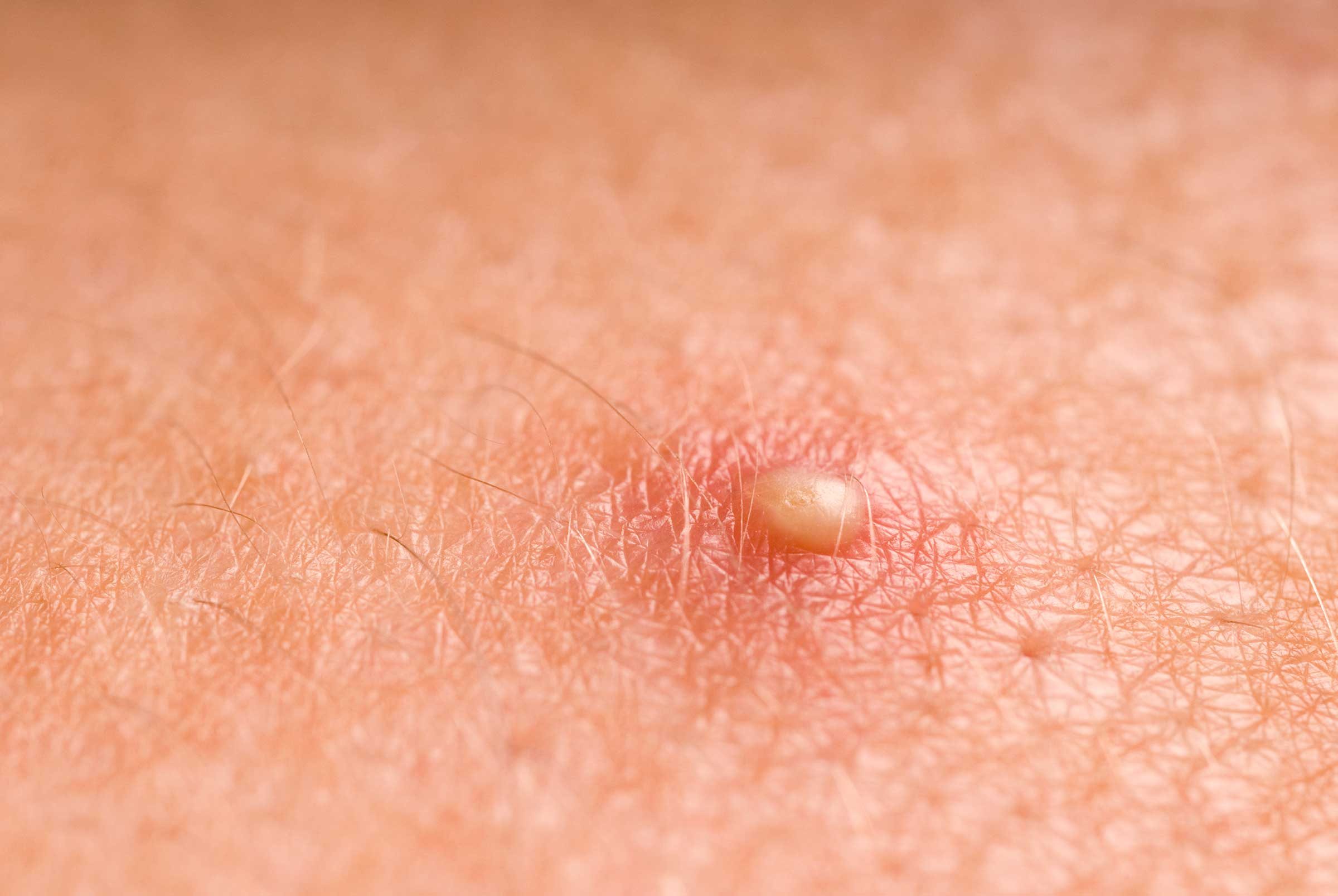
Pimple juice
There’s a reason popping a pimple is usually a dermatological red zone: That zit is holding puss made of oil, acne bacteria, and debris, which contaminates other pores when it oozes over the skin. In particular, blackheads are filled with excess oil and dead skin cells. Whiteheads appear when the oil and dead skin cells block a clogged hair follicle from opening. Pustules are similar in appearance to a whitehead with a red ring around the bump, and are usually loaded with yellow or white pus (a buildup of dead white blood cells that occur when the body’s immune system responds to infection). A dermatologist may be able to safely extract waste and bacteria from a pimple. If you try to pop one yourself, you may rupture the follicle and burst tiny blood vessels, causing bleeding and possible scarring. If you have acne scars already, here’s how to get rid of them.
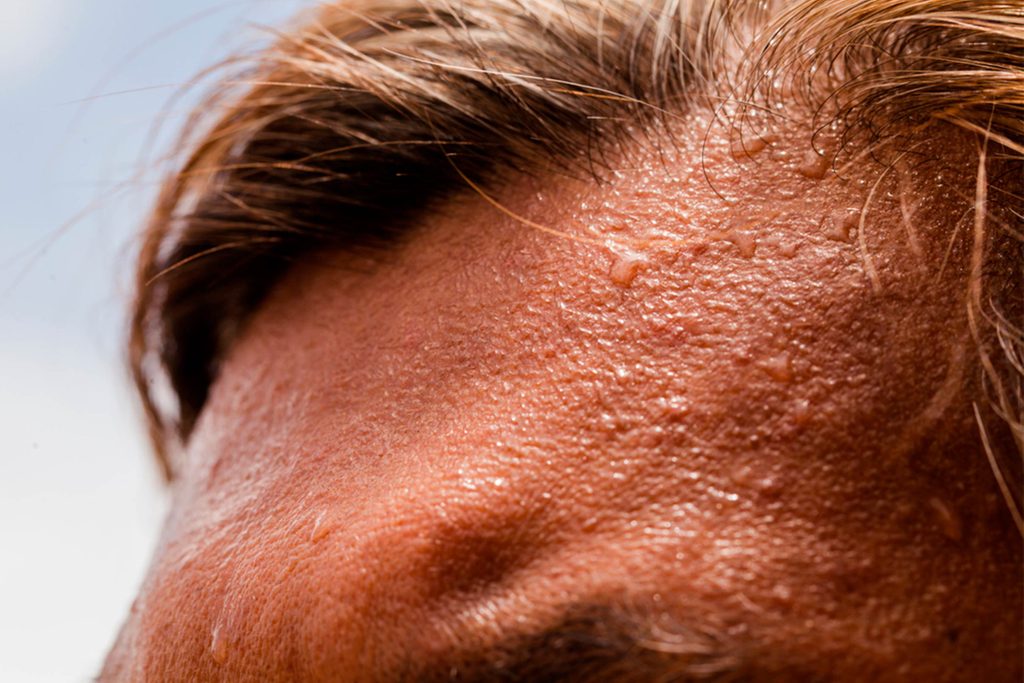
Sweat
The sweat itself isn’t that nasty, it’s only composed of water, salt, and some other substances. The stench of your sweat kicks in when it’s mixed with the bacteria on your skin. As smelly as it may be we need it to help cool our bodies down. This is what your sweat says about your health.

Spit
When you really think about saliva, it’s pretty gross. It helps us eat and talk by moistening the mouth and working to break down your food to aid digestion. It also keeps your teeth healthy by keeping them clean and preventing tooth decay. But having too much or too little of it can cause problems and be uncomfortable. If you find that you have a dry mouth, try these natural remedies.
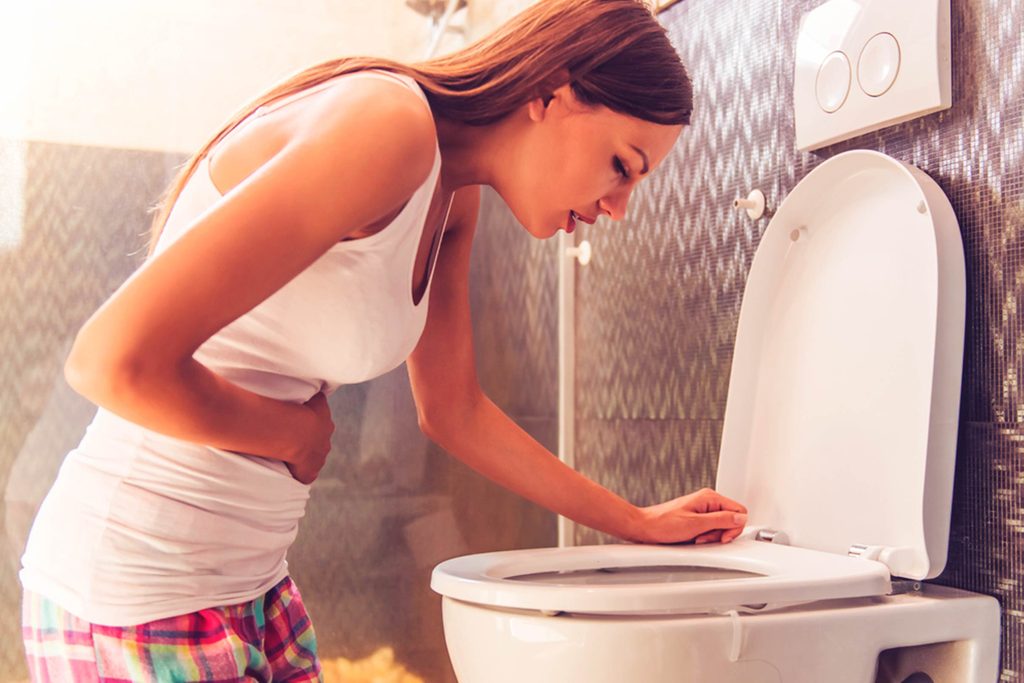
Vomit
Whatever color it may be, vomiting is not fun. It’s the act of your body emptying the contents of your intestines out of your mouth and sometimes nose. It can be caused from food poisoning, motion sickness, migraines, pregnancy, ulcers, and serious brain injuries. Watch out for these scary signs that stress is making you sick, feeling nauseous is one of them.
